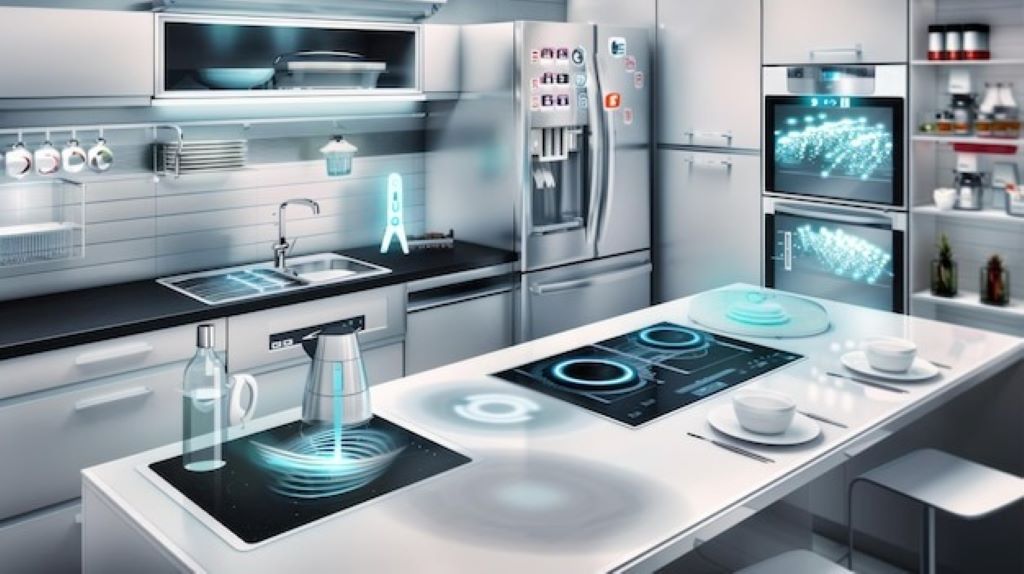What exactly is plasma treatment?
Plasma treatment involves using a highly charged, ionised gas to clean, etch, activate and coat surfaces. Offering two main system types, low-pressure and atmospheric pressure, there are versatile solutions for treating everything from flat surfaces to complex 3D objects. This method is favoured for its uniformity in treatment and integration into existing production lines, often utilising plasma spray techniques to achieve desired results.

How does plasma treatment enhance surface properties?
By exposing material surfaces to plasma, the treatment can significantly alter their physical and chemical characteristics. Techniques such as etching, coating and activation allow for tailored surface functionalities which can include making materials more adhesive, resistant to wear or conducive to paints and coatings. This process is crucial in industries where material properties are paramount for product performance. Surface treatment specialists like Poeton are leaders in providing these advanced plasma treatment services.
What are the main advantages of using plasma treatment?
Plasma treatment stands out for its environmental friendliness, cost-effectiveness and precision. Unlike conventional methods that often use harsh chemicals, plasma treatment requires no chemical disposal, reducing both cost and ecological impact.
Where is plasma treatment most commonly applied?
Plasma treatment is versatile, finding utility in fields as diverse as aerospace, automotive manufacturing, electronics, and even in medical applications. It’s used for tasks such as improving the adhesion properties of surface coatings, cleaning precision components in electronics, and enhancing the durability of automotive parts.
What new developments are there in plasma technology?
Recent advancements in plasma technology include improvements in energy efficiency and the ability to treat more delicate materials without damage. Innovations such as plasma agriculture and laser-plasma acceleration are opening new avenues for application, from enhancing seed germination to developing new cancer treatments. The Engineer has an intriguing example of such innovation, using a new plasma technique.
How long does plasma treatment typically take?
The duration of plasma treatment can vary greatly depending on the specific application and the materials involved. Typically, surface activation processes are swift, taking only a few seconds, while more intensive coatings might require longer, ranging from minutes to hours.


